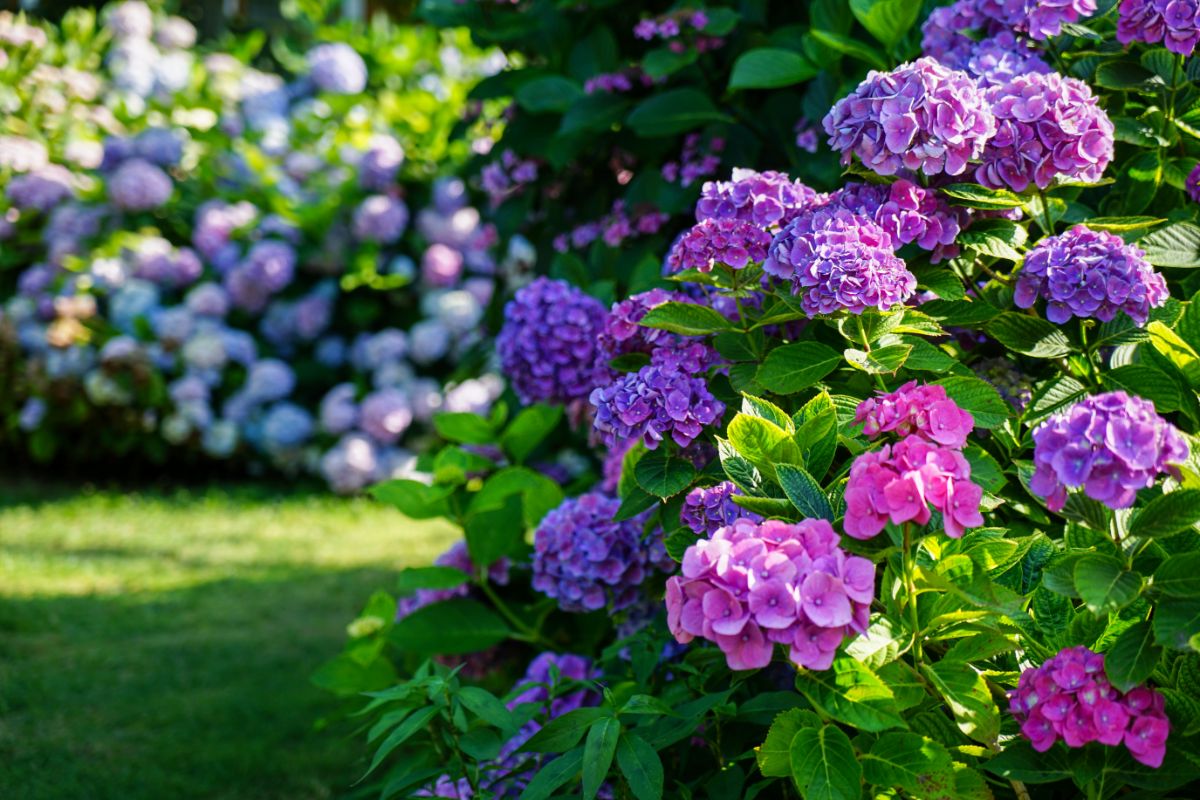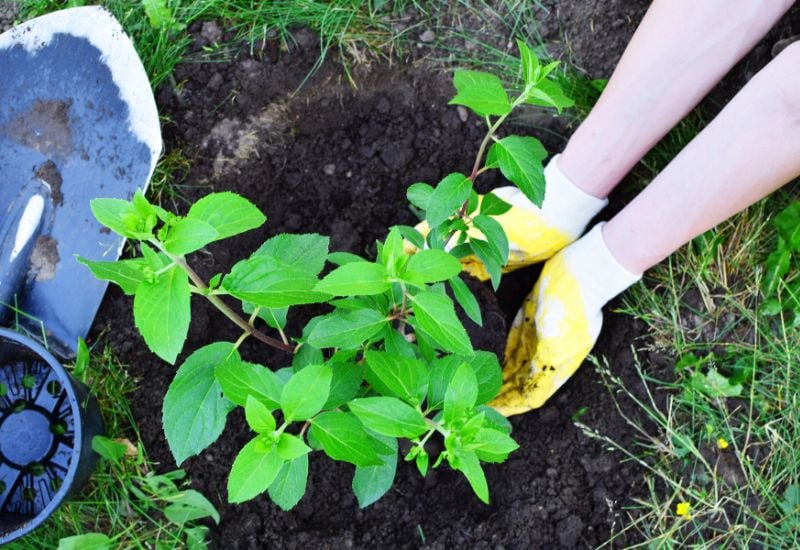Can You Transplant Hydrangeas In Summer
Can You Transplant Hydrangeas in Summer?
Hydrangeas are beautiful flowering shrubs that can add a touch of elegance to any garden. However, transplanting hydrangeas can be tricky, especially if you do it during the summer.
In general, the best time to transplant hydrangeas is in the fall or winter, when the plant is dormant. This is because the roots are less likely to be damaged during the transplant process, and the plant will have a better chance of surviving.
However, if you need to transplant a hydrangea in the summer, it is possible to do so with careful planning and execution. Here are some tips:
- Choose a cool, overcast day to transplant your hydrangea. This will help to reduce stress on the plant.
- Water the hydrangea well before you start digging. This will help to loosen the soil and make it easier to remove the plant from the ground.
- Dig a hole in the new location that is the same size as the root ball of the hydrangea.
- Add some compost or other organic matter to the soil in the new hole. This will help to improve drainage and provide nutrients for the plant.
- Carefully remove the hydrangea from the ground and place it in the new hole.
- Backfill the hole with soil and water the hydrangea thoroughly.
- Mulch around the plant to help retain moisture and suppress weeds.
With proper care, your hydrangea should be able to survive a summer transplant. However, it is important to keep an eye on the plant for signs of stress, such as wilting leaves or browning foliage. If you notice any signs of distress, be sure to water the plant more frequently and provide it with some shade.
Here are some additional tips for transplanting hydrangeas in the summer:
- Choose a location that receives at least some shade during the day. Hydrangeas are susceptible to heat stress, so it is important to plant them in an area that will protect them from the hot summer sun.
- Water the hydrangea regularly, especially during the first few weeks after transplanting. Hydrangeas need a lot of water to establish themselves in a new location.
- Fertilize the hydrangea every few weeks with a balanced fertilizer. This will help to promote healthy growth and flowering.
- Be patient! It may take a few years for your hydrangea to fully recover from a summer transplant. But with proper care, it should eventually thrive in its new location.
Are you thinking about transplanting your hydrangeas in the summer? While it is possible to transplant hydrangeas during this time of year, it is not the ideal time. Hydrangeas are susceptible to transplant shock, which can occur when they are moved from their original location to a new one. This is especially true during the hot summer months, when the roots of the hydrangeas are more likely to dry out.
If you do decide to transplant your hydrangeas in the summer, there are a few things you can do to help reduce the risk of transplant shock. First, choose a day when the weather is cool and overcast. This will help to minimize the amount of stress on the plant. Second, dig up the hydrangea with as much of its root ball as possible. This will help to keep the roots from drying out. Third, transplant the hydrangea into a hole that is the same depth and width as the root ball. Finally, water the hydrangea thoroughly and keep the soil moist for several weeks after transplanting.
If you are not comfortable transplanting your hydrangeas in the summer, you can wait until the fall or winter. This is when hydrangeas are naturally dormant, which makes them less susceptible to transplant shock.
For more information about transplanting hydrangeas in summer, please visit . This website has a wealth of information on hydrangea care, including tips on how to successfully transplant your hydrangeas during any time of year.
FAQ of transplanting hydrangeas in summer
- Can I transplant hydrangeas in summer?
Yes, you can transplant hydrangeas in summer, but it is not the ideal time to do so. Hydrangeas are typically dormant in the winter, so they are less stressed when transplanted during this time. However, if you need to transplant a hydrangea in summer, there are a few things you can do to help it survive the process: * Choose a cloudy day or early morning to transplant. * Water the hydrangea thoroughly before transplanting. * Transplant the hydrangea into a hole that is the same depth as the root ball and twice as wide. * Backfill the hole with the same soil that you removed. * Water the hydrangea deeply after transplanting.
- What are the signs of a stressed hydrangea?
A stressed hydrangea may wilt, have yellow leaves, or drop its leaves. If you see any of these signs, it is important to take steps to help the hydrangea recover. Here are a few things you can do: * Water the hydrangea deeply and regularly. * Mulch around the hydrangea to help retain moisture. * Fertilize the hydrangea with a balanced fertilizer. * Protect the hydrangea from hot sun and wind.
- How do I care for a newly transplanted hydrangea?
Here are some tips on how to care for a newly transplanted hydrangea: * Water the hydrangea deeply and regularly, especially during the first few weeks after transplanting. * Mulch around the hydrangea to help retain moisture. * Fertilize the hydrangea with a balanced fertilizer in the spring and fall. * Protect the hydrangea from hot sun and wind. * Be patient! It may take a few years for the hydrangea to fully recover from transplanting.
- What are the best conditions for hydrangeas?
Hydrangeas prefer full sun to partial shade and well-drained soil. They are also tolerant of a wide range of pH levels, but they will flower best in acidic soil.
- What are some common problems with hydrangeas?
Some common problems with hydrangeas include: * Leaf spot * Powdery mildew * Aphids * Slugs * Wilting
If you see any of these problems, you can treat them with a fungicide, insecticide, or other appropriate solution.
Image of transplanting hydrangeas in summer
5 different images of "transplanting hydrangeas in summer" from Pinterest:
- A gardener digging around the base of a hydrangea bush with a shovel.

- A gardener carefully lifting a hydrangea bush out of the ground.

- A gardener replanting a hydrangea bush in a new hole.

- A gardener watering a newly transplanted hydrangea bush.

- A hydrangea bush in full bloom, thriving in its new location.

Post a Comment for "Can You Transplant Hydrangeas In Summer"